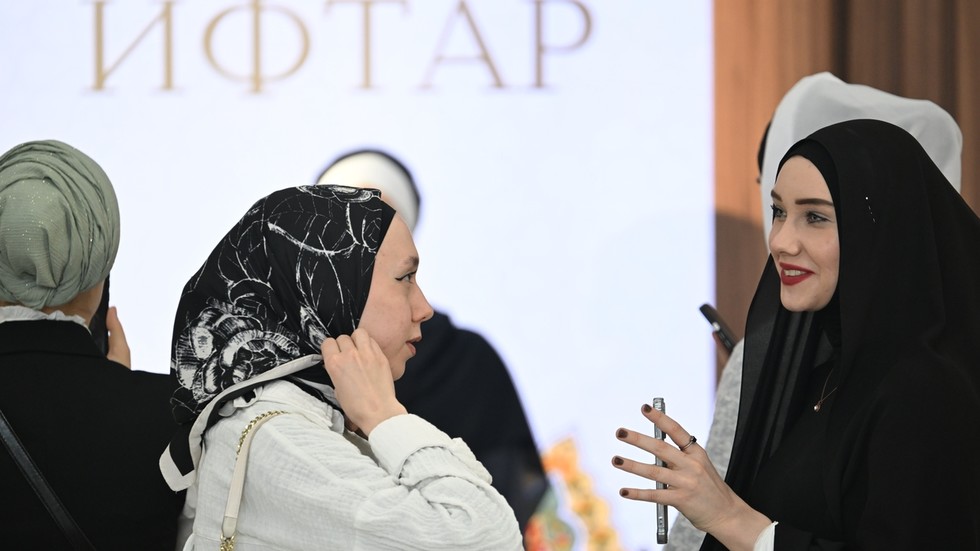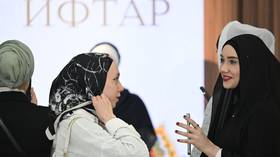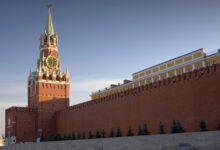
Religious head coverings may be worn for document pictures as long as the applicant’s face is not covered

File photo. © Maxim Bogodvid / RIA Novosti
Moscow has relaxed regulations covering applications by foreign nationals applying for citizenship, and will allow headscarves and hijabs in passport photographs, the Russian Interior Ministry said last Wednesday.
The new law will come into force on May 5, ten days after its publication.
“In cases where the religious beliefs of the applicant do not allow them to appear in front of strangers without a head covering, photographs are to be provided in head coverings that do not hide the oval of the face,” the document states.
Pictures with scarves that fully or partially obscure the chin of the applicant will not be accepted, according to the report.
The authorities already allow Russian citizens to use photographs in hijabs when applying for passports, drivers’ licenses, work permits, and patents.

The new rules will “allow believers to observe religious traditions,” while also ensuring “the security of the state,” as the “face, like other data, is needed so that video monitoring systems can identify a person,” State Duma Security and Anti-Corruption Committee member Biysultan Khamzaev told the Russian Parliamentary Gazette.
During Soviet times, all passport photographs were submitted without headscarves and hijabs. Following the break-up of the USSR in 1991, Muslim women began using photographs in hijabs until 1997, when the authorities banned the practice. In 2003, the Russian Supreme Court found the ban to be unlawful. As of the laws from 2021, an amendment to the passport requirements states that people whose “faith does not allow them to take off” their “head covering worn for religious reasons” can submit photos with the head covering on.
READ MORE: EU court approves headscarf bans
President Vladimir Putin has said Russia is a “multinational and multi-religious country” that treats everyone with respect, adding that some “190 ethnic groups live in the country,” some of which are “represented by millions of people.”




